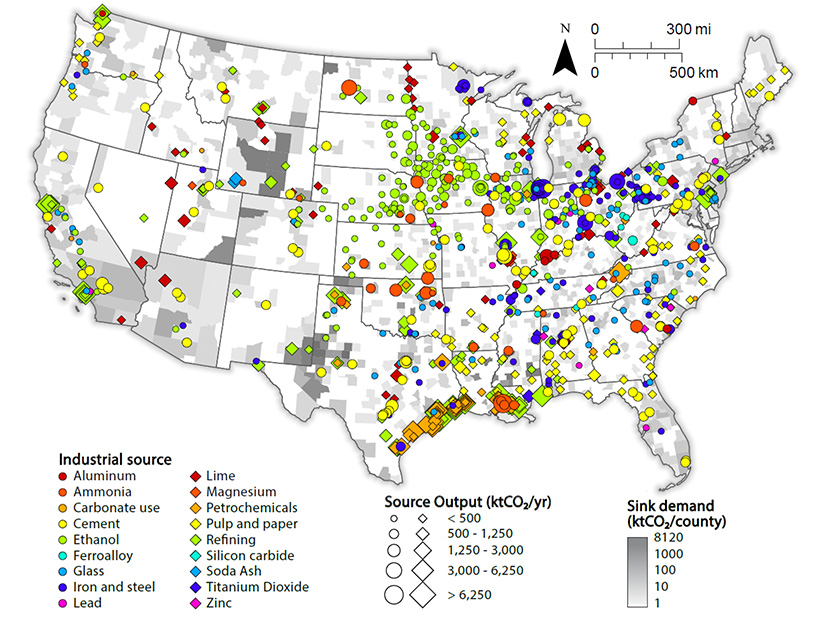
The Department of Energy released a comprehensive Clean Hydrogen Strategy and Roadmap Monday that shows an “all-of-government” approach to making hydrogen key to not only radical decarbonization of the U.S. economy, but also to the center of ongoing industrial policy.
The release came at the start of an annual DOE five-day technical review of hydrogen research and development projects, attended by more than 2,100 people.
DOE first announced it intended to develop a comprehensive plan in September when it announced it would fund regional hydrogen hubs. (See DOE Opens Solicitation for $7B in Hydrogen Hubs Funding.)
“President Biden’s clean hydrogen strategy is all about achieving the administration’s climate and economic goals to decarbonize our electricity sector by 2035 to reach net-zero emissions across the economy by no later than 2050 and to accelerate an American manufacturing boom,” Ali Zaidi, director of the Biden administration’s Climate Policy Office, said Monday.
“Clean hydrogen has the potential to dramatically reduce emissions from a variety of sectors as either a fuel or a feedstock, but particularly in the hardest to decarbonize: the industrial sector, heavy parts of the transportation sector, and some of the peaking elements of our power sector,” he said.
“Many of these applications have been seen as out of reach for near-term decarbonization. No more. We are rapidly advancing timelines for clean hydrogen deployment and deep decarbonization.”
Noting that up to $8 billion in matching grants were authorized in the Infrastructure Investment and Jobs Act, Zaidi said the clean hydrogen production tax credit will provide up to $3/kilogram for low-carbon hydrogen.
“These programs are driving unprecedented levels of investment in building a clean hydrogen economy for the first time in this country,” he said. “There are already 12 million tons of clean hydrogen production facilities under development in the United States.”
Energy Secretary Jennifer Granholm, appearing electronically, described the road map as far more than just a government plan.
“Our road map lays out roles for the entire federal government. But this is also an all-of-America strategy. It’s a call to action for state and local and tribal governments for businesses in the nonprofit sector. It’s an invitation to environmental groups and energy justice advocates and more to help us shape this industry in a sustainable, holistic way,” she said.
Monday’s program introducing the 99-page document included interagency panels.
The report itself notes that the work is the result of months of workshops with government agencies, as well as industries, environmental groups and others.
“This inclusive and collaborative approach is critical to the success of this expansive technology. The report is meant to be a living strategy that provides a snapshot of hydrogen production, transport, storage and use in the United States today, as well as an assessment of the opportunity for hydrogen to contribute to national decarbonization goals across sectors over the next 30 years. The report will continue to be updated with collaboration across government through interagency coordination,” the study’s introduction states.


